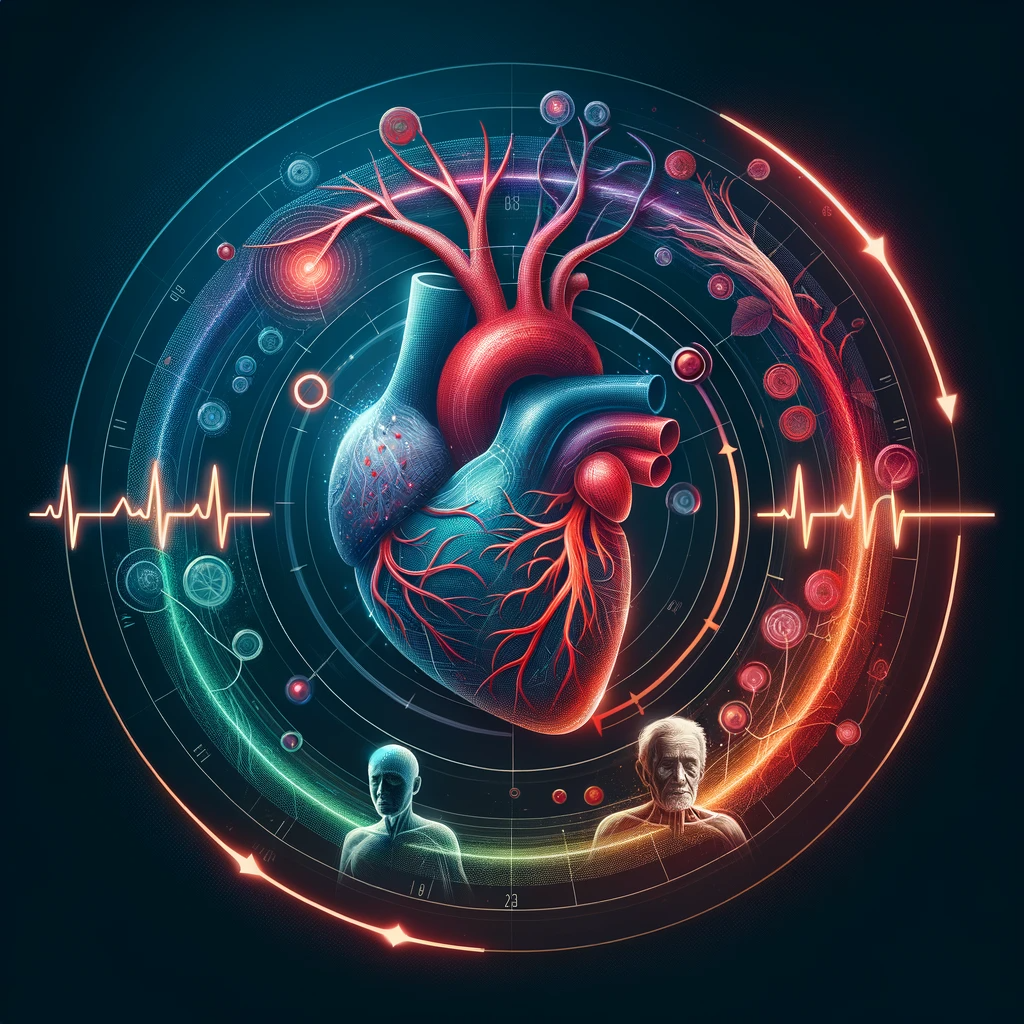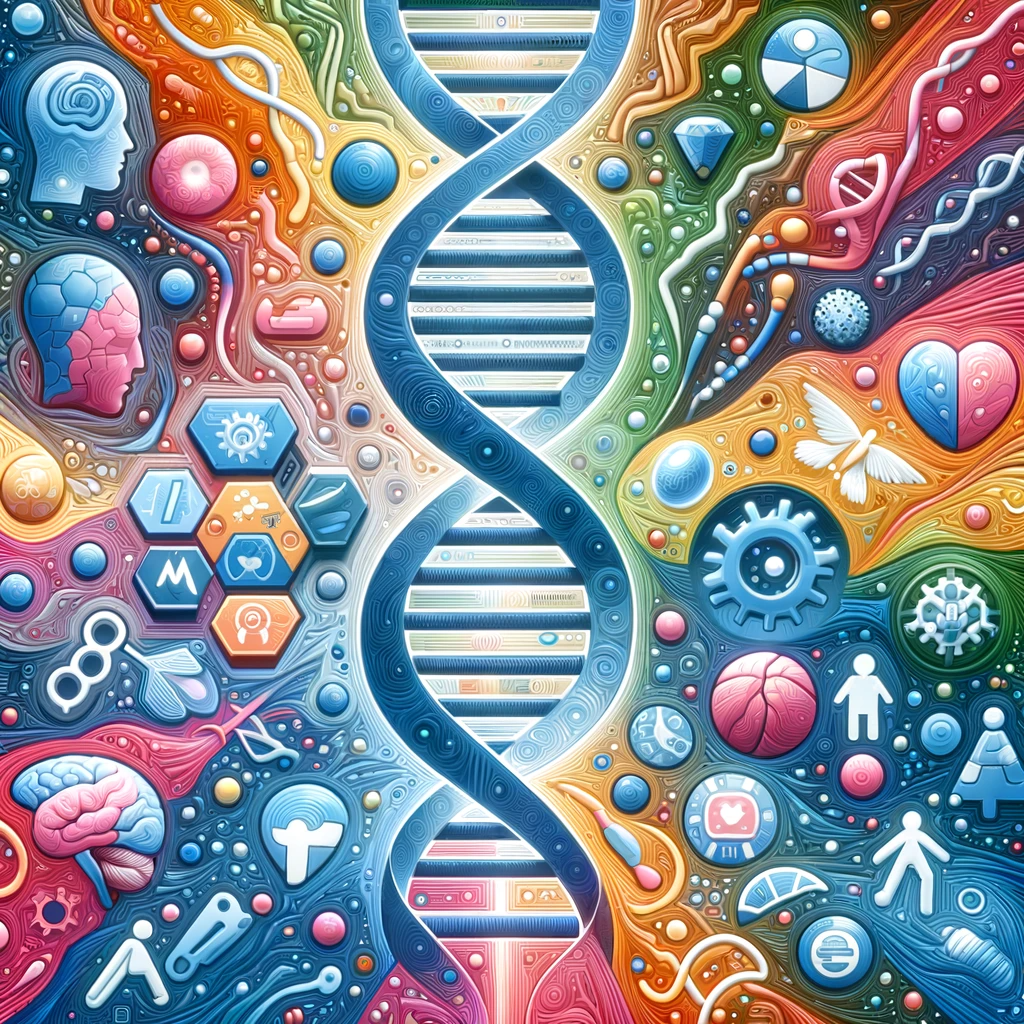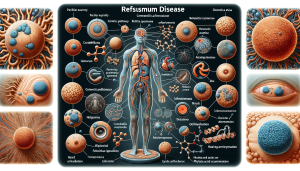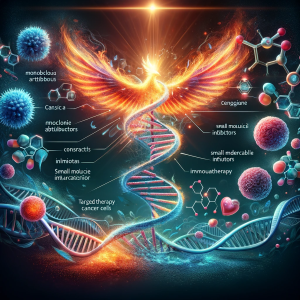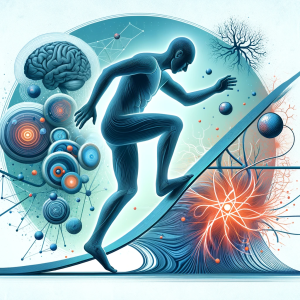
Abstract: This article provides a comprehensive overview of the differential diagnosis of ataxia, a clinical manifestation characterized by impaired coordination and balance. Emphasizing the etiological diversity and diagnostic complexity, this review offers a detailed perspective for clinicians encountering this challenging neurologic presentation.
1. Introduction: Ataxia, a neurological sign reflecting cerebellar dysfunction or impaired proprioceptive pathways, presents diagnostic challenges due to its multifactorial etiology. Accurate diagnosis is imperative for effective management and prognosis.
2. Hereditary Ataxias: Hereditary ataxias, a heterogeneous group of degenerative disorders, are characterized by progressive cerebellar dysfunction. Genetic subtypes include:
- Friedreich’s Ataxia: An autosomal recessive disorder, often presenting in adolescence with gait instability, diabetes mellitus, and hypertrophic cardiomyopathy.
- Spinocerebellar Ataxias: A group of autosomal dominant disorders, with variable phenotypes including dysarthria, oculomotor disturbances, and polyneuropathy.
3. Acquired Causes:
- Cerebrovascular Events: Ischemic or hemorrhagic strokes affecting the cerebellum can present with acute ataxia, often accompanied by headache, vertigo, and nausea.
- Toxic-Metabolic Etiologies: Chronic alcoholism is a common cause; exposure to heavy metals (like mercury) and certain pharmaceutical agents (like phenytoin) are also implicated.
- Autoimmune Disorders: Conditions such as multiple sclerosis and paraneoplastic syndromes can manifest with ataxic symptoms.
4. Infectious and Post-Infectious Causes: Viral infections, particularly in children, can lead to post-infectious cerebellitis. Chronic infections like HIV or neurosyphilis can also cause ataxia.
5. Structural Lesions: Tumors, demyelinating lesions, or Arnold-Chiari malformations in the cerebellum or spinal cord can present with ataxic symptoms.
6. Diagnostic Approach: A comprehensive history, neurologic examination, and family history are crucial. Diagnostic imaging (MRI), genetic testing, and metabolic studies are instrumental in determining the etiology.
7. Conclusion: The differential diagnosis of ataxia is broad and multifaceted. A systematic approach is essential for accurate diagnosis and effective management, tailored to the underlying etiology of this complex neurologic sign.


